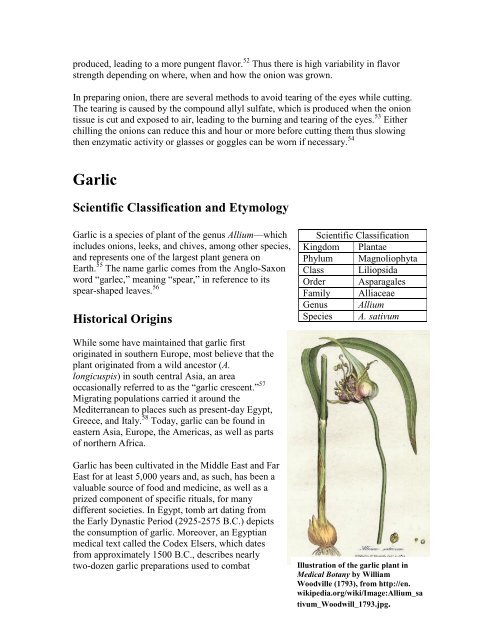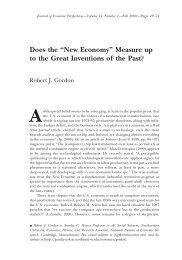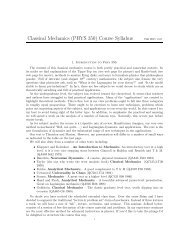Leek Scientific Classification and Etymology - Academics - Hamilton ...
Leek Scientific Classification and Etymology - Academics - Hamilton ...
Leek Scientific Classification and Etymology - Academics - Hamilton ...
You also want an ePaper? Increase the reach of your titles
YUMPU automatically turns print PDFs into web optimized ePapers that Google loves.
produced, leading to a more pungent flavor. 52 Thus there is high variability in flavor<br />
strength depending on where, when <strong>and</strong> how the onion was grown.<br />
In preparing onion, there are several methods to avoid tearing of the eyes while cutting.<br />
The tearing is caused by the compound allyl sulfate, which is produced when the onion<br />
tissue is cut <strong>and</strong> exposed to air, leading to the burning <strong>and</strong> tearing of the eyes. 53 Either<br />
chilling the onions can reduce this <strong>and</strong> hour or more before cutting them thus slowing<br />
then enzymatic activity or glasses or goggles can be worn if necessary. 54<br />
Garlic<br />
<strong>Scientific</strong> <strong>Classification</strong> <strong>and</strong> <strong>Etymology</strong><br />
Garlic is a species of plant of the genus Allium—which<br />
includes onions, leeks, <strong>and</strong> chives, among other species,<br />
<strong>and</strong> represents one of the largest plant genera on<br />
Earth. 55 The name garlic comes from the Anglo-Saxon<br />
word “garlec,” meaning “spear,” in reference to its<br />
spear-shaped leaves. 56<br />
Historical Origins<br />
While some have maintained that garlic first<br />
originated in southern Europe, most believe that the<br />
plant originated from a wild ancestor (A.<br />
longicuspis) in south central Asia, an area<br />
occasionally referred to as the “garlic crescent.” 57<br />
Migrating populations carried it around the<br />
Mediterranean to places such as present-day Egypt,<br />
Greece, <strong>and</strong> Italy. 58 Today, garlic can be found in<br />
eastern Asia, Europe, the Americas, as well as parts<br />
of northern Africa.<br />
Garlic has been cultivated in the Middle East <strong>and</strong> Far<br />
East for at least 5,000 years <strong>and</strong>, as such, has been a<br />
valuable source of food <strong>and</strong> medicine, as well as a<br />
prized component of specific rituals, for many<br />
different societies. In Egypt, tomb art dating from<br />
the Early Dynastic Period (2925-2575 B.C.) depicts<br />
the consumption of garlic. Moreover, an Egyptian<br />
medical text called the Codex Elsers, which dates<br />
from approximately 1500 B.C., describes nearly<br />
two-dozen garlic preparations used to combat<br />
<strong>Scientific</strong> <strong>Classification</strong><br />
Kingdom Plantae<br />
Phylum Magnoliophyta<br />
Class Liliopsida<br />
Order Asparagales<br />
Family Alliaceae<br />
Genus Allium<br />
Species A. sativum<br />
Illustration of the garlic plant in<br />
Medical Botany by William<br />
Woodville (1793), from http://en.<br />
wikipedia.org/wiki/Image:Allium_sa<br />
tivum_Woodwill_1793.jpg.<br />
8






